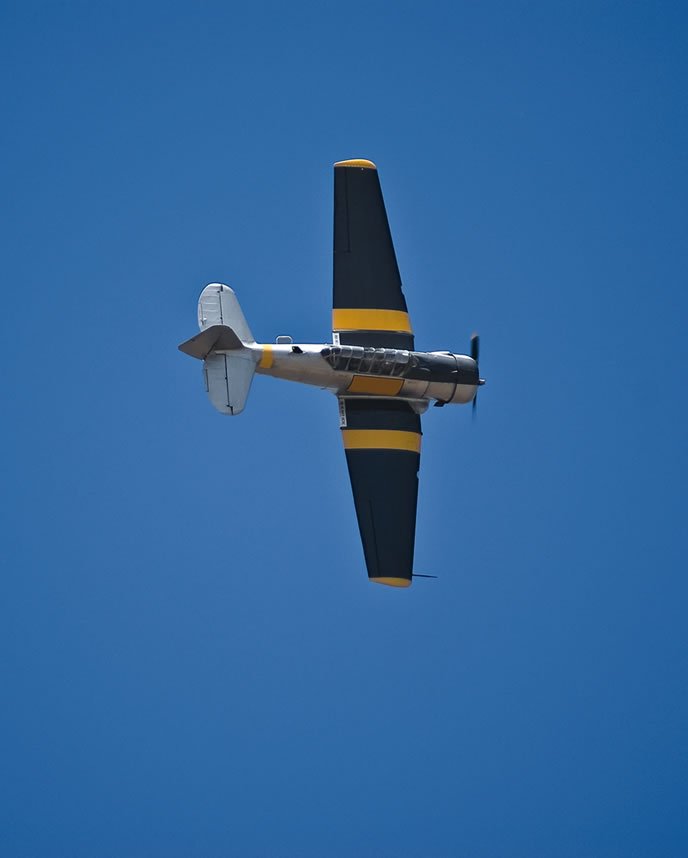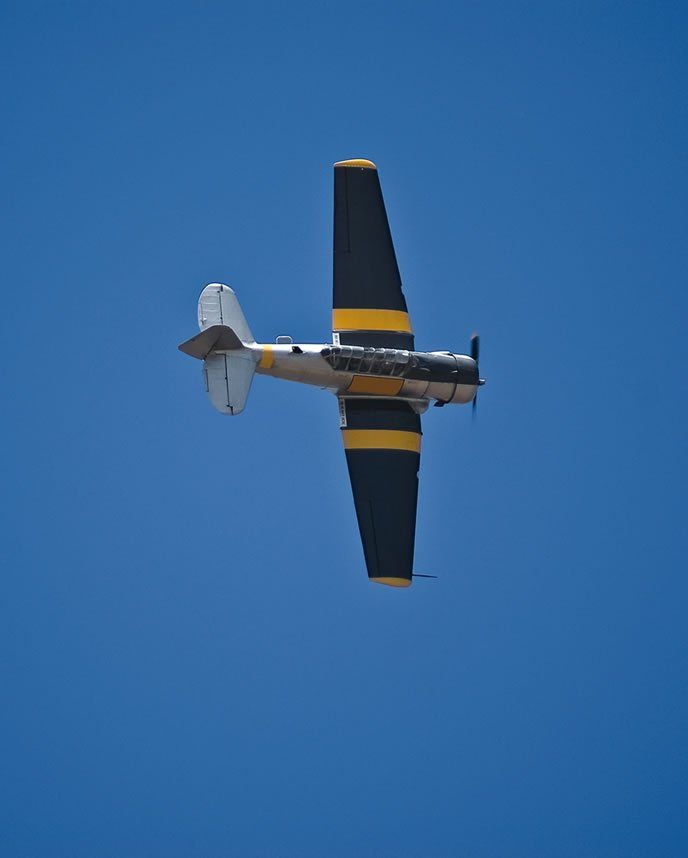Lets take a quick look at what the FAAs Airplane Flying Handbook has to say when describing three of the performance maneuvers in the commercial pilots practical test standards.

Chandelle
A Chandelle is a maximum performance climbing turn beginning from approximately straight-and-level flight, and ending at the completion of a precise 180 of turn in a wings-level, nose-high attitude at the minimum controllable airspeed. Another way to describe it is as a way to trade airspeed for altitude while executing a course reversal. Like you might need at the end of a box canyon, and there can be many other reasons a pilot may need to perform a Chandelle in his or her career.
Steep Turn
A steep turn is a turn in either direction, using a bank angle between 45 to 60 degrees. This will cause an overbanking tendency during which maximum turning performance is attained and relatively high load factors are imposed. Because of the high load factors imposed, these turns should be performed at an airspeed that does not exceed the airplanes design maneuvering speed (VA). The principles of an ordinary steep turn apply, but as a practice maneuver the steep turns should be continued until 360 or 720 degrees of turn have been completed.
Steep Spiral
A steep spiral is a constant gliding turn, during which a constant radius around a point on the ground is maintained similar to the maneuver, turns around a point. The radius should be such that the steepest bank will not exceed 60 degrees…. The steep spiral is not only a valuable flight training maneuver, but it has practical application in providing a procedure for dissipating altitude while remaining over a selected spot in preparation for landing, especially for emergency forced landings.




